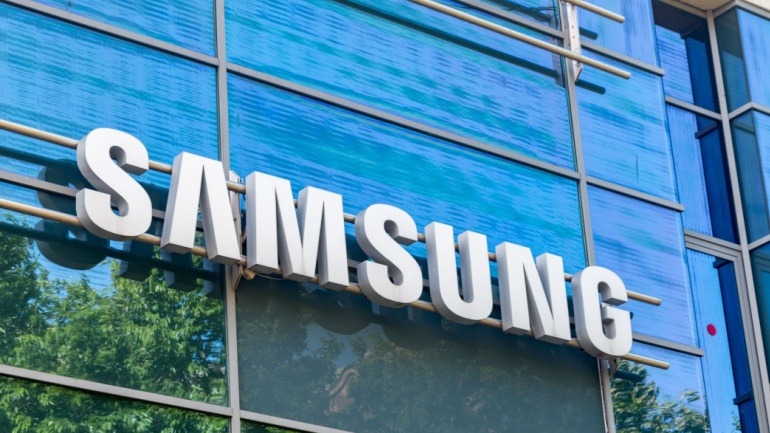EXA Infrastructure is ready to upgrade its global fiber capacity by 15% with the help of a Nokia solution. This enhancement to their optical transport network means the company will offer 1.2 terabits per second (Tbps) per channel using Nokia’s coherent optical engine. Moreover, it brings a significant 50% reduction in both power usage and cost per data bit.
Spanning 155,000 kilometers, EXA Infrastructure’s fiber network includes six transatlantic cables. It also hosts the fastest connection between Europe and North America. EXA is now ready to deploy Nokia’s newest Integrated Coherent Engine 7 (ICE7) optical transponder module. This module significantly enhances how light is modulated, transmitted, and decoded via fiber-optic systems, driving ultra-high-capacity data over lengthy distances.
A notable trial run in Europe affirmed the solutions’ capabilities. Alongside ICE7, the Nokia 1830 Global Express (GX) platform—a part of their 1830 Photonic Service Switch series—will also be utilized. Importantly, the GX platform supports not only terrestrial but also subsea and metro networks, managing high data loads with minimal latency over vast distances.
This upgrade suits the modern digital economy, centered around burgeoning AI applications, core data centers, and remote edge facilities. The new system meets these intensified bandwidth needs while adhering to strict energy efficiency and cost-saving measures.
Network service providers, like EXA, strive for improved performance while prioritizing sustainability. The need to scale while managing power consumption highlights the real challenges of today’s data centers. The move by EXA Infrastructure to transition from the ICE6 to the ICE7 infrastructure is a testament to their commitment to meeting these demands head-on.
Ciaran Delaney, chief operating officer at EXA Infrastructure, remarks, “Nokia’s 1830 GX solution with ICE7 coherent optics ensures a smooth transition from our existing ICE6-based infrastructure.” He noted that these advancements greatly enhance connectivity through the company’s extensive network infrastructure.
James Watt, senior vice president and general manager of optical networks at Nokia, stressed that reducing energy use per bit is crucial not just for sustainability but also for handling increasing connectivity demands, since power consumption is a potential bottleneck in data center growth. Optical systems are energy-efficient and reliable, keeping pace with growing data demands in today’s information age.







